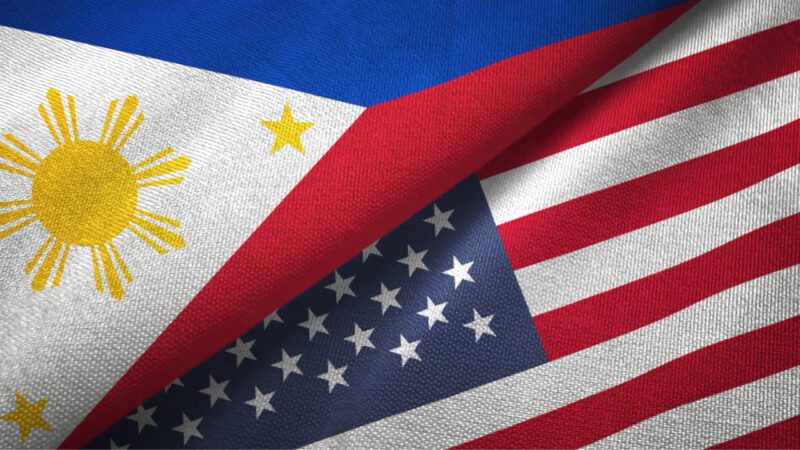The United States will have greater access to the Philippines’ military installations, the two nations announced on Thursday. This will provide US soldiers a strategic foothold near Taiwan’s independent state on the southeast coast of the South China Sea. The recently announced agreement will allow the US to rotate soldiers to a total of nine bases in the Philippines under an Enhanced Defense Cooperation Agreement (EDCA) that was signed in 2014. The EDCA, a 2014 deal, gives the US access to Philippine military sites for joint training, equipment location, and the construction of infrastructure for the armed forces, such as runways and temporary housing.
In recent months, the US has increased attempts to broaden its security options in the Indo-Pacific as concerns over China’s assertive territorial behavior in the region have grown. US Defense Secretary Llyod Austin said the US and the Philippines remained committed to enhancing their shared ability to repel an armed attack while on a visit to Manila on Thursday. The statement on Thursday comes on the wake of many high-profile US military agreements in the region, such as promises to share defense technologies with India and to send new US Marine units to Japanese islands.
Additionally, the US Marine Corps built a new facility on Guam, a crucial US territory east of the Philippines, last week. The area, called Camp Blaz, is the first brand-new Marine post in seventy years and will eventually house 5,000 Marines. By having more access to Philippine military installations, the US military would be less than 200 miles from Taiwan, a democratically run island home to 24 million people that the Chinese Communist Party claims as part of its sovereign territory despite never having had any control over it.
The Biden administration has been unwavering in its support for the island as stipulated by the Taiwan Relations Act, under which Washington agrees to give Taiwan the means to defend itself without committing US troops. Chinese leader Xi Jinping has refused to rule out the use of military force to bring Taiwan under Beijing’s control. US Vice President Kamala Harris traveled to the Philippines in November to speak with newly elected President Ferdinand Marcos Jr. on extending US base access.
According to some experts, her visit to the country delivered a clear message to Beijing that the Philippines is turning away from China and toward the US, reversing the direction Rodrigo Duterte’s administration had taken. The mutual defense pact between Washington and Manila was formed in 1951 and is still in effect, making it the United States’ oldest bilateral treaty partnership in the area.


